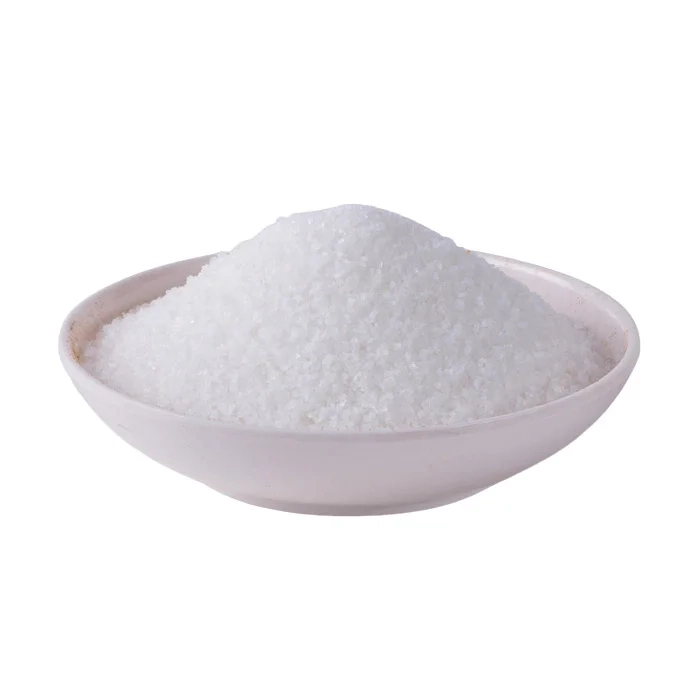- This topic is empty.
-
AuthorPosts
-
15/07/2024 at 14:11 #77793
Polyacrylamide is a high molecular polymer widely used in water treatment, mining, papermaking, the petroleum industry, and other fields. Due to its excellent flocculation and precipitation effects, PAM can effectively improve the efficiency of solid-liquid separation, thereby removing suspended matter in wastewater. Faced with many types of polyacrylamide products on the market, users are often confused when choosing. This article aims to provide a comprehensive and detailed polyacrylamide selection guide to help users make wise choices based on actual application scenarios.
Basic types of polyacrylamide
First of all, it is crucial to understand the basic types of polyacrylamide to choose the right product. Polyacrylamide is mainly divided into two types: anionic and non-ionic.
Anionic polyacrylamide: It carries a negative charge in the molecular chain, and it is suitable for water conditions with neutral or alkaline pH values. Because the negative charge on its molecular chain can interact with positively charged suspended particles in water, it performs well in treating mixed wastewater containing organic and inorganic matter.
Nonionic polyacrylamide: It has no charge in the molecular chain, so it is not affected by water hardness and pH value and has a wide range of applicability. It is particularly suitable for treating wastewater containing inorganic suspended matter, such as sand, silicate, etc. in mining wastewater.

Key points for selecting polyacrylamide
1. Determine the nature of the pollutant
Before selecting polyacrylamide, you must first analyze the nature of the pollutants contained in the water body to be treated. Different pollutants have different requirements for the type and performance of polyacrylamide. For example, for industrial wastewater containing a large amount of organic matter, anionic PAM may be more suitable; while for mining wastewater mainly composed of inorganic particles, non-ionic PAM may be more effective.
2. Consider water quality parameters
The pH value, hardness, and temperature of water quality are important parameters that affect the selection of polyacrylamide. Generally speaking, anionic PAM is suitable for water with neutral or alkaline pH, while non-ionic PAM can adapt to a wider pH range. The hardness of water quality will also affect the selection, and hard water may reduce the effect of PAM.
3. Understand the influence of molecular weight
The molecular weight of polyacrylamide directly affects its flocculation effect. PAM with high molecular weight can form larger flocs and accelerate the sedimentation process, but too high molecular weight may cause the flocs to be too loose and difficult to precipitate. Therefore, it is necessary to select PAM with a suitable molecular weight according to the specific application requirements.
4. Evaluate concentration and dosage
The effect of PAM is closely related to its concentration in water. Generally, PAM needs to be diluted before use to ensure that it can be evenly distributed in the water to be treated. The amount of addition depends on the content of suspended solids in the water, the type of PAM, and its molecular weight.
5. Consider process compatibility
When selecting polyacrylamide, it is also necessary to consider whether it is compatible with the existing treatment process. Different dosing methods (such as direct dosing, dilution, and dosing) and reactor design may affect the selection and use of PAM.
In summary, the selection of suitable polyacrylamide requires consideration of factors such as its molecular weight, type, stability, and environmental friendliness. According to the specific application requirements, select the appropriate type and molecular weight of polyacrylamide to ensure the performance and quality of the product. At the same time, select polyacrylamide with good stability and environmental friendliness to reduce pollution and harm to the environment.
As a professional polyacrylamide wholesaler, we are well aware that the specific challenges and needs encountered by each customer in the water treatment process are unique. Based on the selection guide mentioned above, we provide comprehensive and detailed product consulting and technical support to help customers accurately select the type of polyacrylamide suitable for their specific application scenarios. Whether it is anionic or non-ionic, we can provide products with a variety of molecular weights and concentrations to adapt to different water qualities and treatment processes. Our team will work closely with customers to customize the best solution through laboratory testing and field trials to ensure the best balance between the flocculation effect and economic efficiency.
http://www.scdbwhb.com
Sichuan Dingbowei Environmental Protection Technology Co., Ltd. -
AuthorPosts
- You must be logged in to reply to this topic.